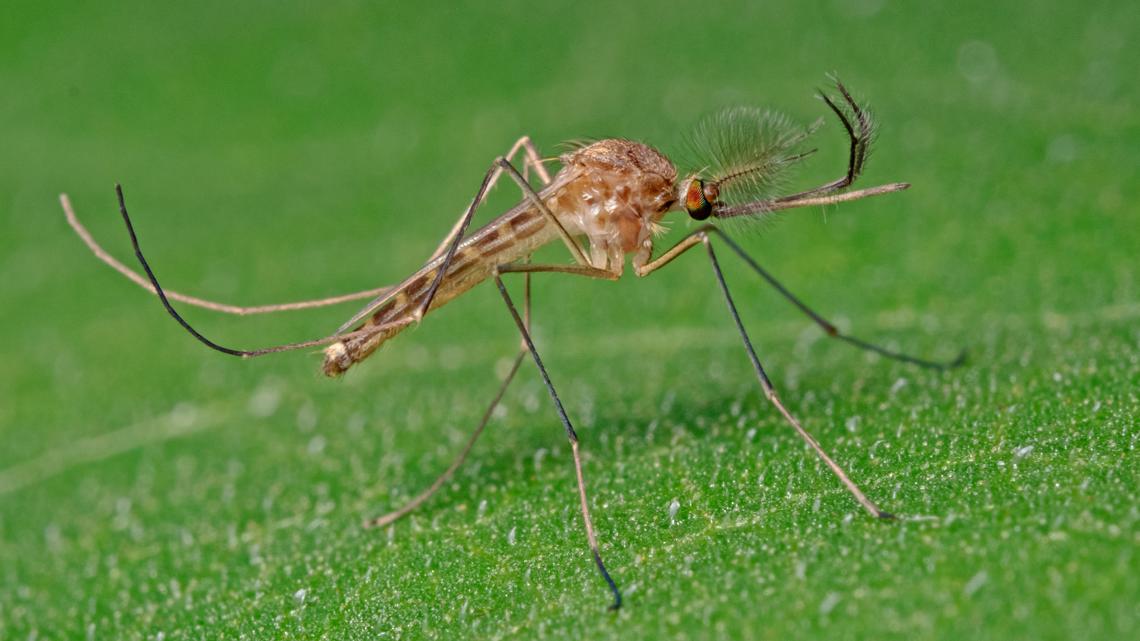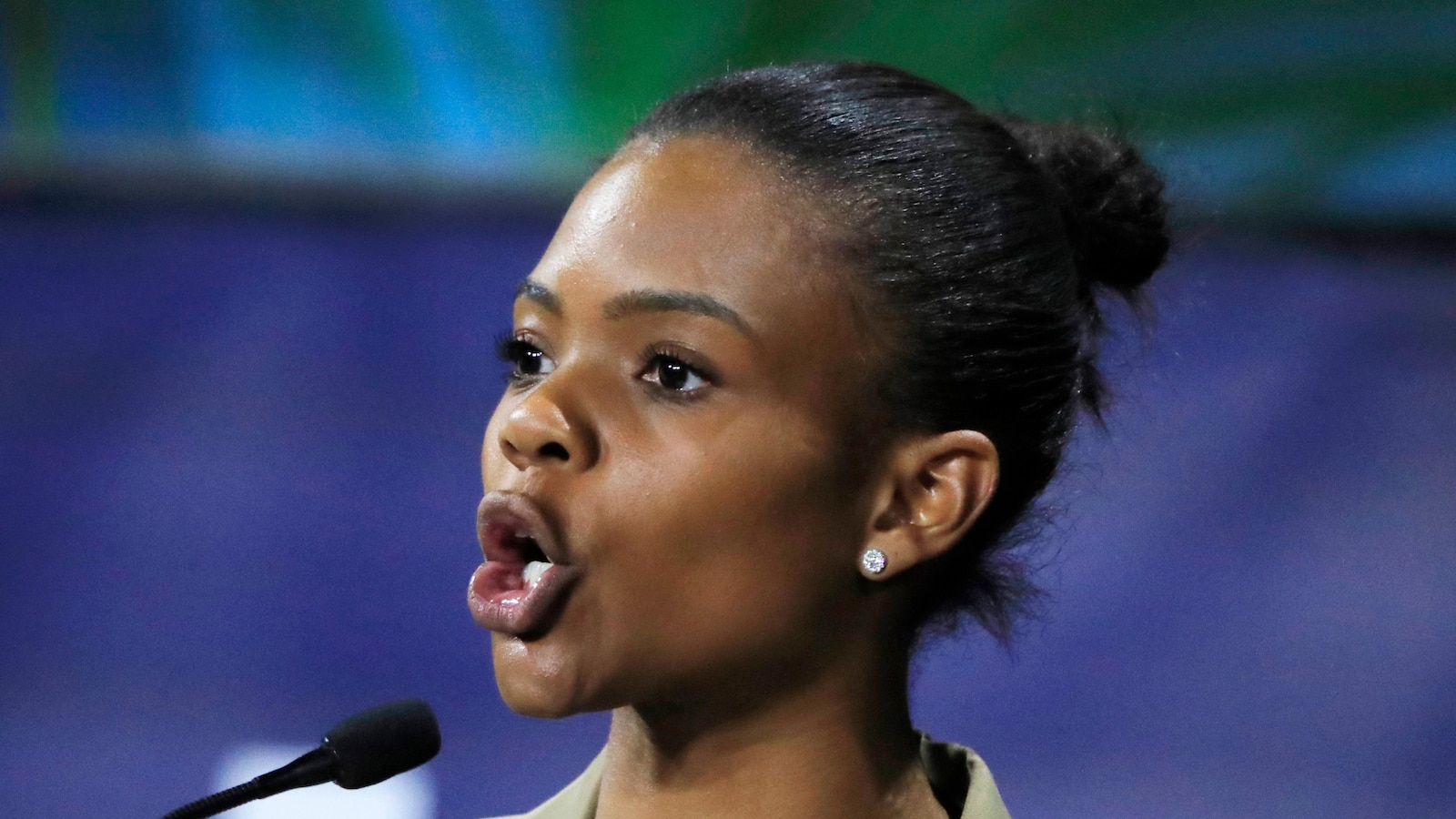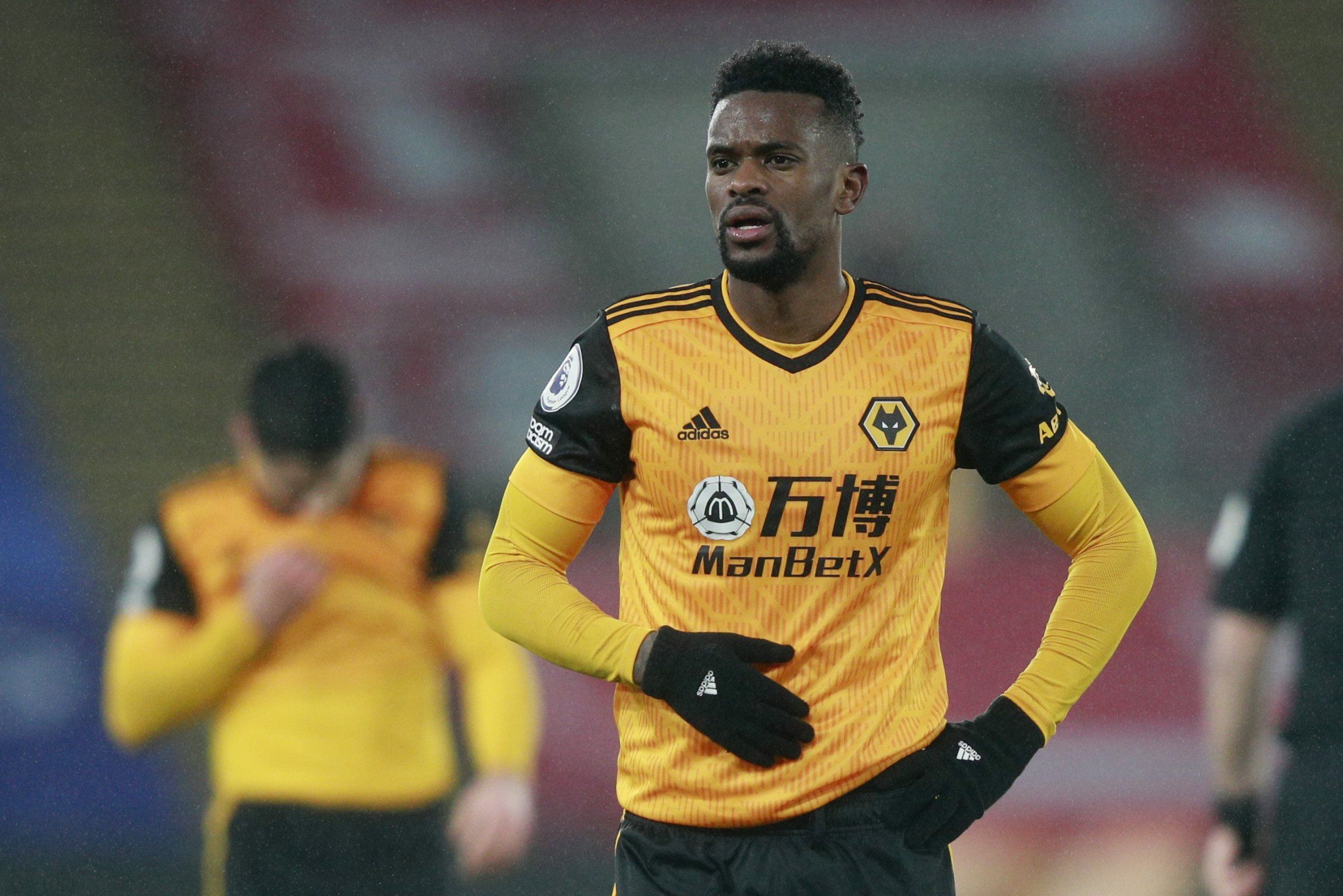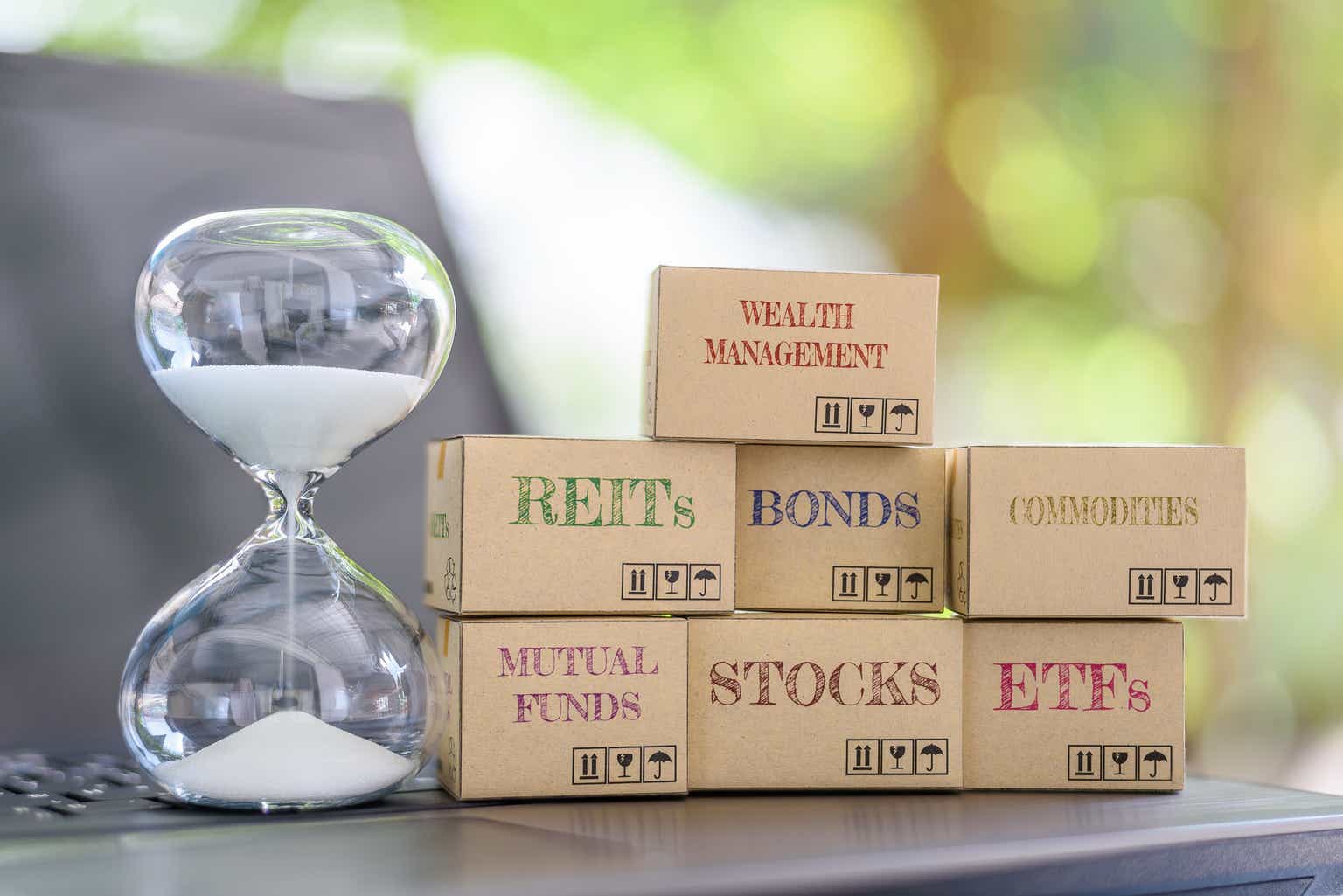SURFING is reaching new heights – literally – as surfers are racing to catch the world’s biggest wave and ready to risk it all.
Some claim they’ve already found it by Praia do Norte, a beach by a small Portuguese fishing village called Nazaré, which has become the surfing community’s new “Everest” and boasts a killer swell.
12

12

12
When American surfer Garrett McNamara received a photo in 2007 of a monster wave off of Portugal’s coast, he couldn’t believe what he was seeing.
This place was where the Atlantic’s power was out in full force, giant waves ferociously crack and crash off the village’s rocky cliffs.
Nazaré is a different ride altogether as Europe’s largest underwater canyon nearly doubles the size of each wave and sends water roaring in two directions.
The frenzy of water power means surfers are never quite sure where or how it will break.


Garrett travelled to the small fishing village to see the swell for himself, where in 2011 he tamed a wave that shocked the world.
Footage of him surfing the world record-breaking 78ft “Big Mama” wave went viral, and Nazaré would take its rightful place as the promised land of the big wave surf community.
A guide to surfing terms

Surfing 101
Barreling: the curl of the wave when it is breaking, one of the most sought after things in surfing
Break: where the wave breaks, the white water on top
Carve: a sharp manoeuvre on the face of the wave
Drop: the first part of the surf ride, where the surfer enters the wave
Duck dive: diving under an oncoming or crashing wave with your board
Kook: a newbie to surfing, someone who doesn’t know the ins and outs
Peak: the highest point of a breaking wave
Spit: ocean water that gets sprayed out from a barrel
Tube: same as a barrel, the hollow of the wave
Wipeout: falling off a wave while surfing
Catching a wave

12
At the start of Bianca Valenti’s big wave surfing career in 2006, she and a friend paddled out to a growing swell in Ocean Beach, San Francisco.
“It was perfect waves, no one was out and we couldn’t see how big they were,” she told The Sun Online.
“We got out in a rip tide that took us right out, there was a wave breaking in front of me the side of a two storey house – heavy, square, hollow – I’d never seen anything like that in my life.
“I tried to duck dive, but my board was ripped out of hands, I was spun, dragged, twisted, and I opened my eyes but it was all dark and I had no idea what was up.”
As she was sucked underneath another wave, Bianca didn’t believe she had enough energy left to swim and began to accept she might die.
The Californian surfer somehow made a lucky escape to shore, where she was gasping for air.
As she looked back out at the waves that almost killed her, she thought: “I want to surf those big waves, and I knew I could.
“I never looked back,” she said.
Her friend, however, gave up surfing that day.
Dangerous swells

12

12
For all the highs that big wave surfing brings, a death in the tight-knit community can bring that world crashing down to earth.
In January, veteran Brazilian surfer Márcio Freire, known fondly as “Mad Dog”, tragically died aged 47 after wiping out on a massive wave at Nazaré.
British big wave surfer Andrew Cotton has surfed Nazaré every year since helping Garrett McNamara pioneer the location.
He told The Sun Online: “We don’t see it as a dangerous sport. Everyone who surfs big ways is calculated. They take a lot of safety precautions, they train a lot.
“The ocean is dangerous,” he added. “Marcio was extremely talented, and the waves that drowned him weren’t too big for him. That was a normal day for him.”
In 2017, Andrew was thrown with such force from a wave at Nazaré that he broke his back before being pounded by a second big wave.
It took him a year to recover and then he was right back surfing at Nazaré.
“You’re often toying with the idea of stepping back, especially after a big injury. But for me, the amount of joy and happiness that surfing brings to me definitely outweighs any dangers.”
Nazaré, Garrett said, is where its most unpredictable. “When it’s clean and smooth, it’s like cutting butter with a hot knife. You’re just having fun and doing your best to get barreled and get a good turn.
“But when it’s choppy, and it’s usually choppy in Nazaré, it’s about survival.”
Riding the high

12
Preparing to catch a big wave is no easy ordeal, according to Bianca. It takes years of experience riding the giants to truly understand “when to hold them and when to fold.”
“You have to be 95 per cent confident you can make it, otherwise you get badly injured and die,” she said matter-of-factly.
“Once you decide to commit to a wave, you can’t hesitate for a nanosecond because that’s when you get in trouble.
“But the second I commit, everything goes quiet and the focus is on the wave and on the line you are choosing – there is some beauty in that, it’s like a moving meditation.”
She’s not alone in believing a quiet mind is conducive for a perfect ride.
Dominican big wave surfer Andres Flores said: “my mind goes blank, I can’t think, if you think you might have a doubt, and that little doubt can lead into a wipeout.”
He recently broke the world record for surfing the biggest wave by paddling in – it measured at an estimated 60ft.
Andres has pushed the limits of what was deemed safe for paddle surfers – an extra edge in an already dangerous sport and another feat to overcome in an effort to be the best.
Most big wavers opt for the method of tow-in surfing where the surfer is dragged into waves holding onto a rope attached to a jetski.
However, he purists favour paddling in. Without the jet ski, Andres explained: “it’s just you and the board sitting in the impact zone.”
But this also means “you risk getting cleaned up by a big wave with no rescue.”
Despite the dangers, the waves seem to have a relentless pull for these athletes, with many leaving their lives behind on a whim to chase winter swells around the world.
“Big wave surfing is like a high, like an adrenaline rush and is very addicting,” Andres explained.
“The danger is always there, but your body gets used to that feeling. It’s like your body acts by itself.”
His goal is simple. “Keep chasing big waves, obviously.”


“I always want to get better, I compete with myself because you can’t compete with anyone, except the ocean.”
In Nazaré, the search continues on to tame that ever-elusive 100ft wave.

12

12

12

12

12















